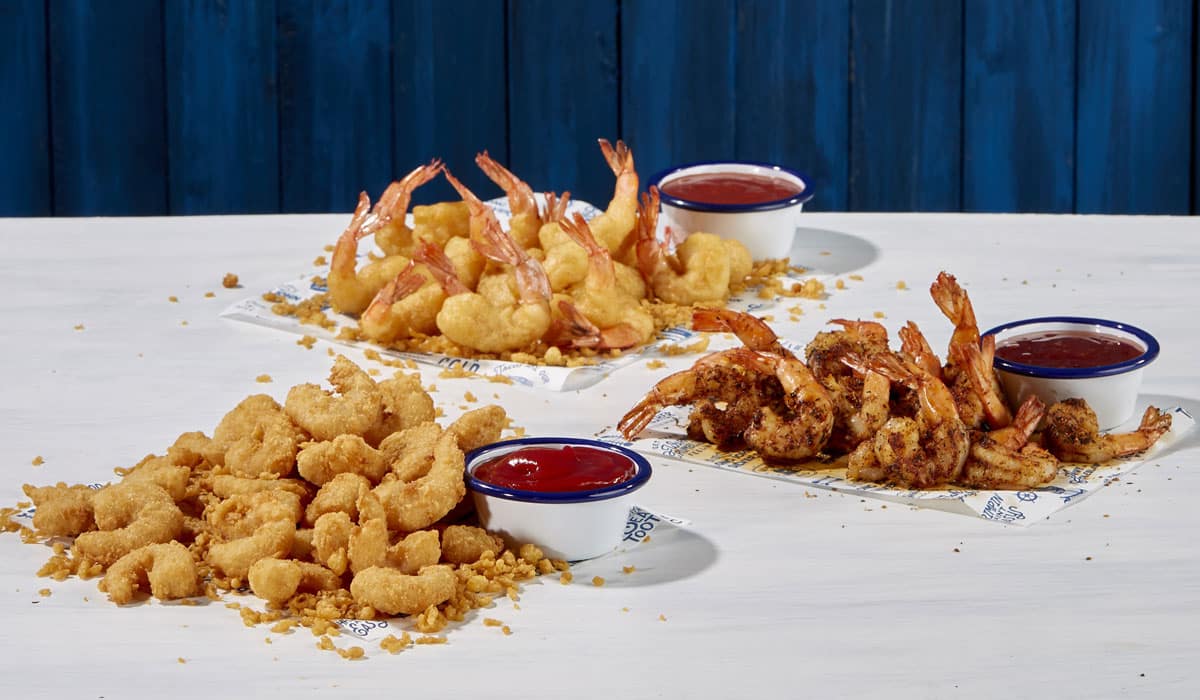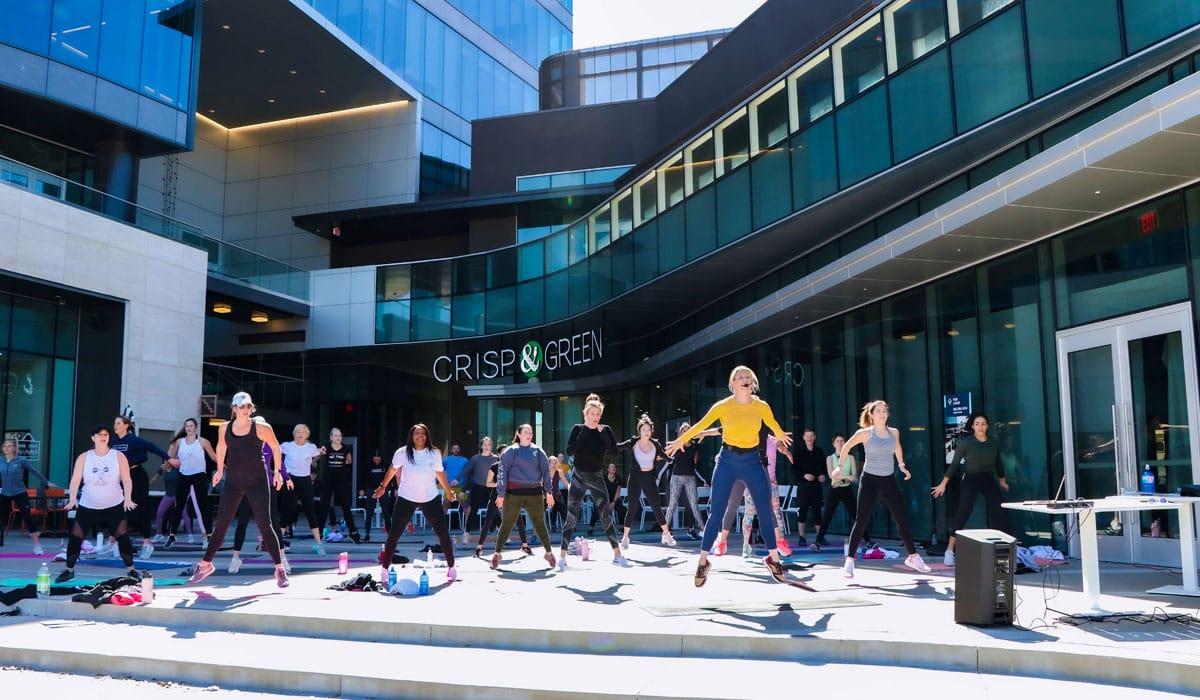Few would be shocked to discover that quick-service restaurants are largely perceived as less healthy than their restaurant industry peers. The world of drive-thru hamburgers, indulgent desserts, and french fries, after all, does not scream health.
In recent times, however, many quick serves have worked to change that perception and adopt a more robust wellness mission, specifically when it comes to their core competency around food and drink. Brands have increased customers’ ability to customize, replace, and substitute items, often at the expense of service speed and streamlined operations; prioritized fresh ingredients; publicized nutritional data and sourcing information; addressed different dietary restrictions; and devoted substantial resources to culinary research and development to bolster nutritional value.
“Most often, when we ask consumers about wellness, what they eat and drink sits at the top of the list,” says Mark Brandau of market research firm Datassential. “They mention things like clean labels, food quality, and weight management.”
For quick serves with a wellness bent, fresh, high-quality food is table stakes these days, Brandau confirms—the immovable pillar for any brand looking to don the health halo. Dig a little further, though, and it’s clear consumers’ view of wellness extends beyond nutrition, he says, and incorporates more lifestyle-focused ideals such as mindfulness, financial literacy, stress management, and familial connections. That’s not terribly surprising given how widely individual definitions of personal health can vary.
“Really central to wellness is the idea of choice and that someone can choose what they need to lead a healthy life,” Brandau says.
Toss in a global health pandemic, and the wellness winds swirl even more aggressively among an American populace confronted with health-related issues like never before.
Recognizing this, various quick-service and fast-casual brands have worked to strengthen and widen their wellness positioning. With food ever and always as the central component, restaurants are offering fitness classes, cultivating more engaging environments rooted in happy team members, and placing a premium on customer convenience.
“Restaurants are certainly thinking about what else they have to offer and how they can make their healthy food fit into a broader lifestyle,” Brandau says. “Whether that leads to sales growth in the short-term is beside the point. If you are known as a wellness brand, that’s playing the long game and can be valuable given how many consumers today think of wellness through a more holistic lens.”
Here’s how four brands are expanding the definition of wellness and planning for a big post-pandemic future.
[image source_ID=”128392″]
Crisp & Green:
Going beyond the plate
A collegiate swimmer at the University of Virginia who then spent 15 years in the fitness industry, Steele Smiley opened his first Crisp & Green restaurant in Minneapolis in 2016. And not surprisingly given his athletic background, Smiley baked wellness into his upstart concept.
Crisp & Green combined a menu rich in nutritious foods—salads, grain bowls, and fresh fruit smoothies among them—with complimentary in-store fitness classes, including yoga and boxing, as well as a running club. The restaurants also hosted in-store seminars designed to help individuals integrate wellness more deeply into their lives, including a nutrition expert who would detail ways attendees could use the Crisp & Green menu throughout the week.
“People didn’t look at restaurants as wellness companies, but we wanted to put all the concepts—nutrition, workouts, and a positive mindset—together,” Smiley says. “We wanted to be looked at as providing wellness beyond the product.”
When COVID-19 hit, however, the in-store classes, a central element of Crisp & Green’s wellness mission, ceased. Smiley and his leadership team responded by turning their attention inward and focusing intently on the well-being of team members. The company provided staff unlimited opportunities to take time off and offered access to medical care.
“We devoted our resources to providing a good cushion for our teammates, so they felt well supported,” Smiley says. “In a business like ours, brand and product are important, but if our teammates are happy and have joy in what they’re doing, it makes everything else go.”
While Crisp & Green stores slowly began resuming their fitness classes this spring, returning to their enterprising pre-pandemic efforts to champion healthy living, Smiley also spearheaded the debut of a new quick-service concept focused on nutritious offerings: In April, Stalk & Spade, a plant-based restaurant, opened just outside of Minneapolis.
“In the healthy food category, there is unbelievable opportunity because people are thinking about it more,” says Smiley, who looks to have two-dozen Crisp & Green stores and more than five Stalk & Spade restaurants in operation by the close of 2021.

Juice It Up:
Doubling down on the menu
When Juice It Up launched in 1995 in Brea, California, the smoothie and juice concept was an outlier. Serving shots of wheat grass and ginger seemed even beyond the progressive health and wellness ethos often found on the West Coast.
Juice It Up, in fact, was among the earliest U.S. quick serves to serve acai, the now ubiquitous superfruit from Brazil, while it also unveiled limited-time specials using acerola, a Vitamin C-rich superfruit native to Central and South America. As other quick serves and grocery players promoted more nutritious offerings amid intensifying consumer interest in healthy eating, Juice It Up gained more mainstream acceptance.
With COVID-19 drawing more attention to personal health, Juice It Up doubled down on its menu as a wellness driver. The company installed its acerola-rich Superfruit Sunrise Smoothie, a one-time LTO, as a permanent menu item, while also resurrecting its Mighty-C Immunity Juice loaded with fresh fruit as well as elderberry, echinacea, zinc, and other vitamins to support immune health.
“Once COVID started, we knew what we wanted to talk about,” says Juice It Up president and CEO Susan Taylor. “We leaned into products we already had and brought back others at a time when a larger part of the population was looking for what we offer.”
Taylor calls Juice It Up the “super healthy” for the new normal. With COVID-19 bringing more people into the brand’s consideration set, systemwide sales in 2020 jumped double digits despite some high-performing nontraditional accounts located on college campuses being closed.
“More people are coming in now, and it’s not just limited to the core group of people or a subgroup,” Taylor says. “The products we have are more normalized now.”
So continues a wellness mission that started some 26 years ago, though Juice It Up has amplified messaging around its products and, importantly, their benefits to personal health at some 80 stores across four states.
“With the products we have, the ingredients we bring in, and the innovation we pursue,” Taylor says, “wellness stays at the forefront of everything we do so we can help people on their own individual health journey.”

SoFresh:
Pairing choice and convenience
Since its founding in 2013, SoFresh has put a diverse array of nutritious, made-to-order products at the center of its mission “to fuel a life in motion through fresh food.” Today, the 12-unit concept’s menu includes hot bowls, salads, wraps, broth bowls, smoothies, and juices.
By hosting such a broad array of health-focused offerings and accommodating various dietary preferences such as vegan, keto, and paleo, SoFresh partner Clay Donato says, the brand answers consumer demand for better-quality products and heightened food transparency while simultaneously empowering choice.
“It’s always about what’s on the plate, so that’s why our focus stays on ingredients and quality of product,” Donato says.
That unrelenting attention to the menu allowed SoFresh to meet growing marketplace interest in healthy dining as the pandemic arrived.
“With COVID, people became even more concerned about what they were eating and we were able to serve up a variety of high-quality, transparent, and made-to-order products,” Donato says.
As important as the food was to SoFresh’s pandemic-era survival and wellness mission, however, Donato and the chain’s leadership team quickly noted another part of the health and wellness continuum becoming increasingly important to customers: convenience. Digital-enabled delivery and curbside pickup provided guests access to nutritious food in a safe, streamlined way that could more easily integrate into their lives.
“To serve high-quality, made-to-order food in a convenient setting is really important, and the days of traditional fast food being the only ones able to provide this convenience are over,” Donato says. “If you provide the quality customers are demanding and the convenience they seek, then you’re contributing to their well-being in positive ways.”
[image source_ID=”128965″]
Happy + Hale:
Healthy food, a healthy team
Back in 2013, Tyler Helikson and Matt Whitley partnered their entrepreneurial vision with a noble mission. Noting a lack of healthy lunch brands in downtown Raleigh, North Carolina, Helikson and Whitley launched a restaurant concept in which Helikson delivered freshly prepared salads on an electric golf cart while Whitley dispensed juices on a tricycle.
A year later, the entrepreneurial duo moved their fledgling busines, Happy + Hale, into a brick-and-mortar storefront in Raleigh. From the start, the partners focused on healthy, delicious food as their central wellness pillar, an admittedly tough sell in the South where healthy fare is frequently equated with unappetizing.
“Approachability was our real goal,” Helikson says. “If you get too far into the superfoods and grains, you start to turn people off.”
As Happy + Hale matured, the brand’s wellness outreach evolved. It partnered with yoga studios for store openings and strategically sought out additional locations in which neighbors shared similar values. It designed its restaurants with human interaction in mind and composted both pre-consumer waste, such as food scraps, as well as post-consumer waste on the idea that a healthy planet makes for healthy living.
“We worked to create a groundswell of like-minded individuals interested in healthy living on many different levels,” Helikson says.
The arrival of COVID-19 in early 2020 urged pause and reflection. “Sitting home for a year can do that,” he says. “We thought about where we were and where we wanted to go.”
For Happy + Hale, that meant taking an even more comprehensive look at mental, emotional, and spiritual health. Those efforts began not with guests, however, but with Happy + Hale team members. The brand provided access to mental health coaches and personal development opportunities, while also creating a personal finance course for staff.
“We saw our team struggling during COVID, so our focus turned to how we could enhance wellness for them,” Helikson says, adding that he’s confident that the well-being of team members will translate into a more joyful culture and happier guests as the five-unit concept pursues ambitious expansion plans. “Our community wants more than access to healthy food. They want to deal with a company committed to belonging and growth for its team members as well as its guests.”










